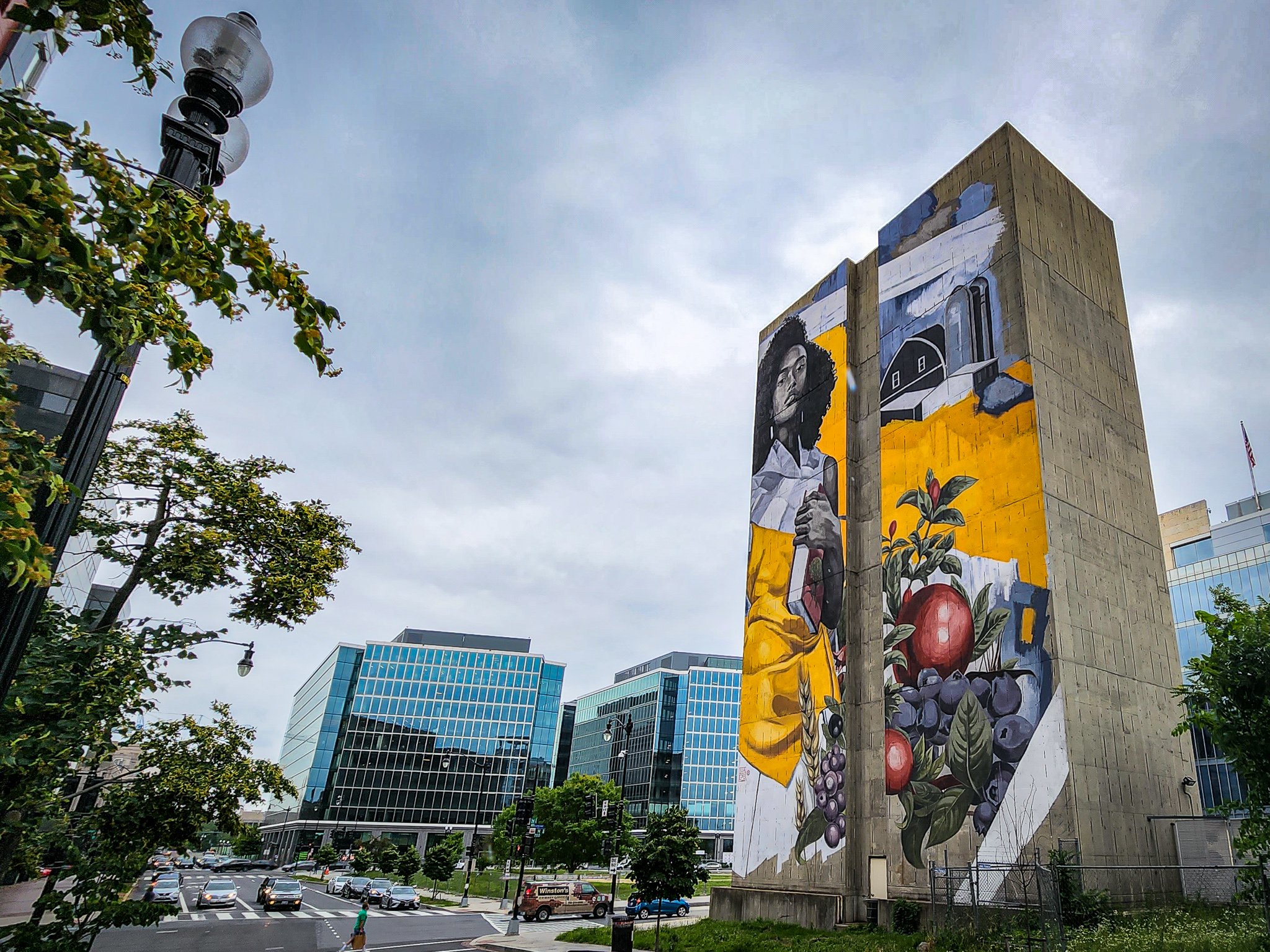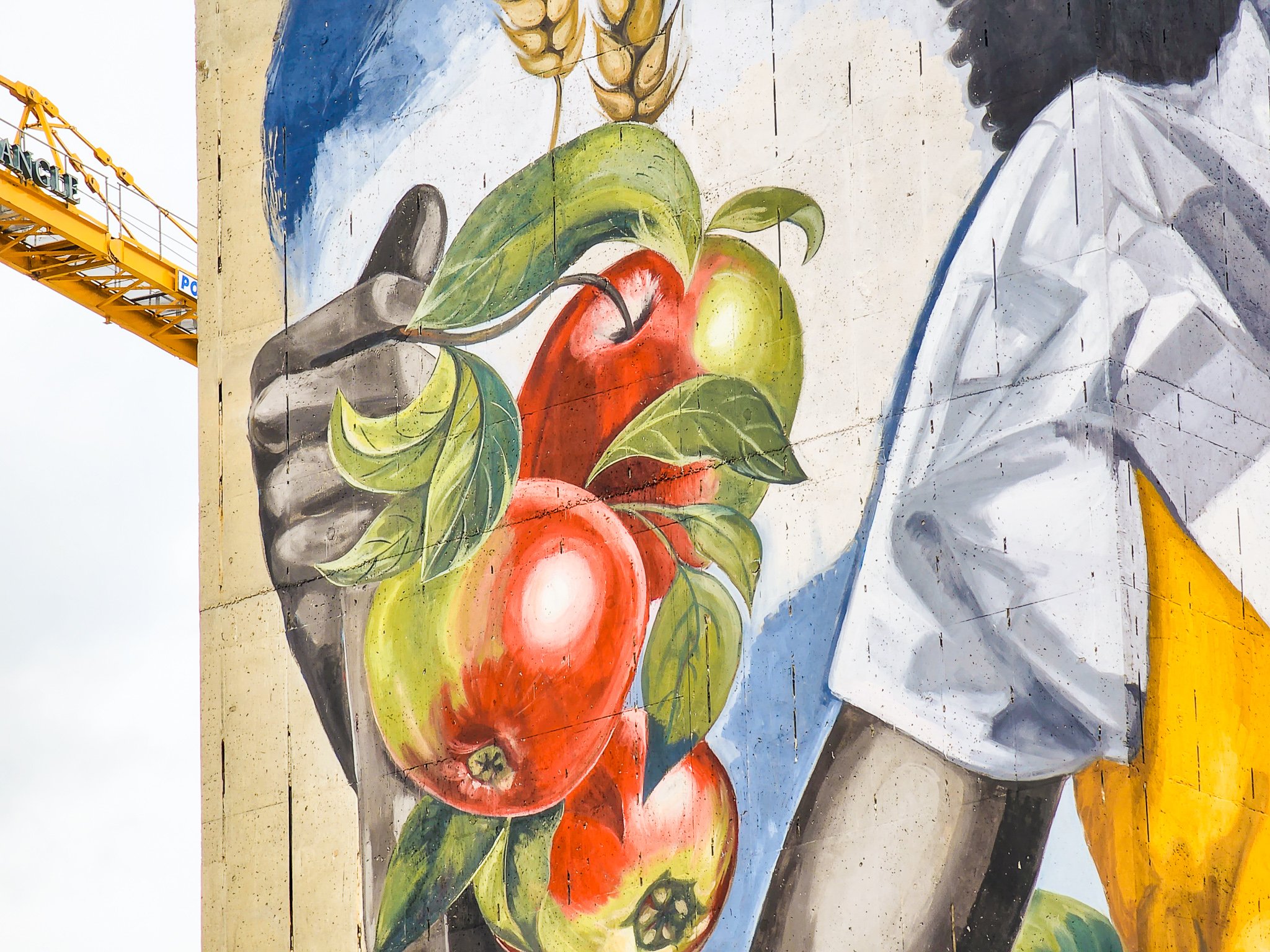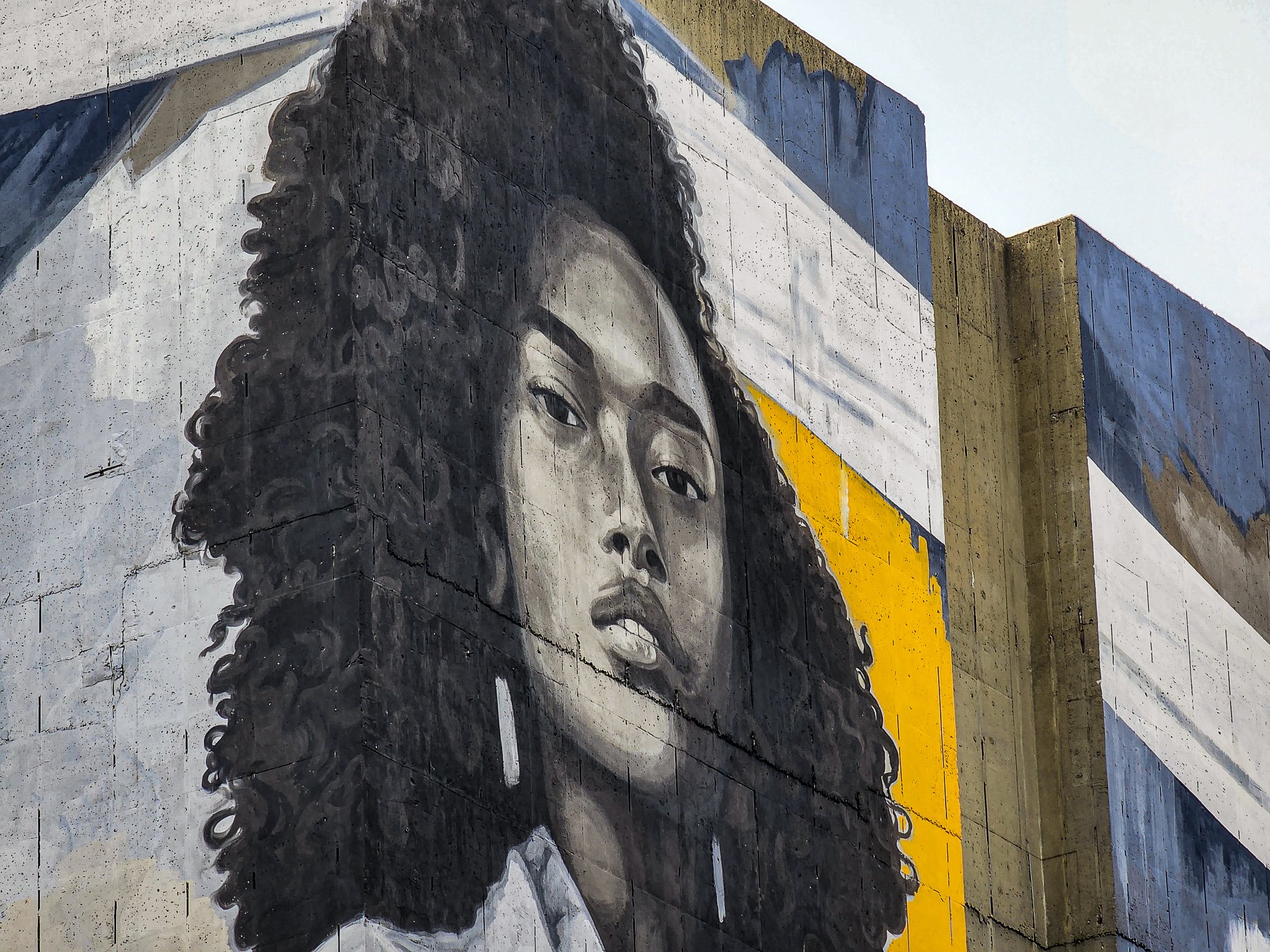In 1862 a man named Charles Stuart traveled to the Washington City Hall building on Indiana Avenue and turned in a set of important and valuable papers. The papers documented 10 people that were enslaved by Stuart. Enslaved — in the past tense. On April 16th, 1862 President Abraham Lincoln signed the District of Columbia Emancipation Act, freeing all enslaved people in the District of Columbia.
This was a full 8 months before the Emancipation Proclamation freed enslaved people in the rebellious southern states. In DC, there were 10,000 Black people living within the borders of the capital in 1862, but only about 3,100 were enslaved. Most Black people in DC were free. Those enslaved Black people became free under this act of Congress. However, enslavers in DC were given reparations for loss of their “property.” Enslavers like Charles Stuart could petition the government to get up to $300 per enslaved person they “lost” under the act. Each enslaved person could receive up to $100, but only if they engaged in "voluntary emigration,” i.e., leaving the United States for countries such as Liberia or Haiti. I discuss all of this and more on a tour titled Eyes on Emancipation: Black History on Pennsylvania Avenue.
The buying and selling of people, the compensation of enslavers, and the related histories are not fun facts to be relayed on a walking tour. However, these stories give context and meaning to the sites we see on tour. And these enable a better understanding the 150 years of political and cultural development that occurred here in DC post-emancipation. 99% of my guests understand this. They understand that the history of the United States is fraught. There are gruesome parts, frustrating parts, repellent parts, and dismal parts. There are also stories of triumph, inspiration, revolution, advancement, and preservation. All of those moments are part of the historical fabric of this nation and of this District. Can I cover it all on a 90 minute tour? No, of course not. But I trust my guests to let my storytelling be a guide to how they reckon with the present by way of understanding the past. Each person does it in their own way and I always plan to connect with different learners in different ways.
What we must not be forced to do as educators is to edit the historical content of programs because of so-called “divisive” topics. I have no doubt that the principle behind the recent Executive Order concerning Smithsonian museums (I wrote about last week) will make its way to other educational venues. Of course K-12 classrooms come to mind, out-of-school learning programs, colleges & universities, and beyond.
There is a fine line between worrying too much about a theoretical, potential scenario and actually preparing for what is likely to come. In that vein, I am prepared for walking tours and other informal teaching spaces to be challenged. The 250th anniversary of our nation, by way of the Declaration of Independence, is upon us. People from around the world will look not just to Washington, DC, but all corners of the United States as we reflect on, well… how we’re doing at the quarter millennium mark as a nation. Part of the reflection is learning about the problematic and tough parts of our shared history.
I can not edit those parts out of the narrative. I do not delight in telling the Charles Stuart story, but if did happen. Slavery was an institution. But then it came to an end here in DC, and later the U.S. This was partially due people like Charles Stuart complying and also due to the steadfast bravery of the United States Colored Troops, which we also teach about on tour.
Does discussing these topics "...degrade shared American values?" Does shining a light on the USCT "...divide Americans based on race?" Does explaining compensated emancipation "...promote programs or ideologies inconsistent with Federal law and policy?" In my view, of course not. I believe most of my guests agree. The day may come when tour guiding and other forms of speech & teaching are challenged on these grounds. In the meantime, I will continue to keep learning, updating current tours, and introducing new tours all about DC and how we got from there to here and then to now. The future of telling stories is good.



















